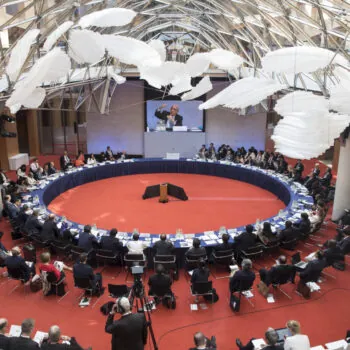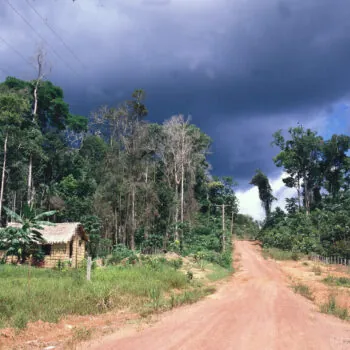A critical question for Copenhagen will be the type of international framework and financial support that will catalyze mitigation actions in the developing world.
This paper explains why climate finance should not be overly focused on how to achieve “one off” emissions reductions from a handful of larger developing countries. The 2012 framework should catalyse transformational change rewarding countries that are committed to shifting their economic pathways in ways that combine climate change and developmental goals.
Climate Compatible Development Pathway
This analysis shows that much can be learnt from the mitigation efforts undertaken by a growing number of pioneering developing countries seeking to switch to low carbon development strategies. At the Copenhagen Climate Conference this December, governments must agree on providing financial mechanisms that incentivise developing countries to carry out transformational Nationally Appropriate Mitigation Actions (NAMAs) that aim to decarbonise their development pathway over time.
A growing number of pioneering developing countries – including Guyana, Mexico, South Africa, Costa Rica, The Maldives and Tuvalu – are already acting to switch to low carbon economies. No longer do these countries portray development and climate responsibility as clashing priorities. Their efforts to shift to a climate compatible development pathway can inspire others to follow suit, as well as shorten the international learning curve about the types of institutional frameworks best suited to implement developing country mitigation actions.
E3G’s latest briefing paper – “How Can Copenhagen Support Nationally Appropriate Mitigation Actions in Pioneering Developing Countries?” – explains why the global climate finance infrastructure needs to reward transformational projects and move away from overly relying on financing “cheap tones of carbon”.


